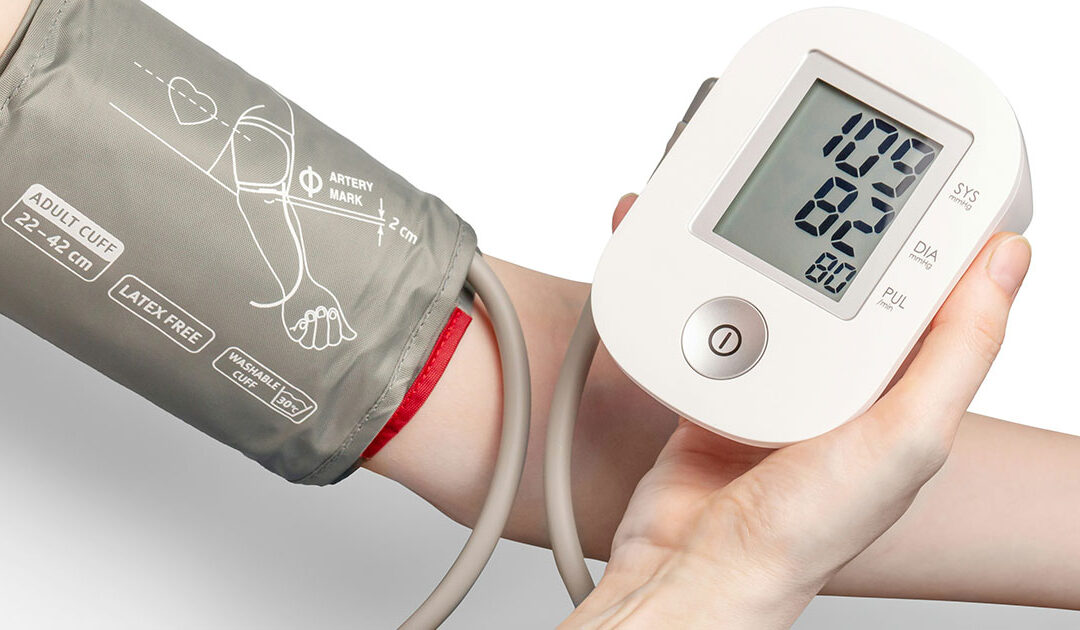Feeling lightheaded, unusually tired, or unsteady can make everyday tasks surprisingly difficult. Understanding how to manage low blood pressure helps you stay safe, active, and in control. Although hypotension is often harmless, it can cause uncomfortable symptoms. Therefore, learning practical ways to stabilise it can make your day far more predictable. Moreover, simple adjustments such as strategic hydration, balanced meals, slower movements, and consistent monitoring often improve symptoms quickly.
What Causes Hypotension?
Hypotension can develop from dehydration, blood loss, pregnancy, severe infection, heart conditions, hormonal disorders, and medication side effects. Therefore, diagnosing the underlying cause is essential for safe treatment. Moreover, understanding the source of your symptoms and how to manage low blood pressure helps your clinician recommend the right lifestyle steps and medical options.
5 Simple Tricks That Work
1. Stay Hydrated
Adequate hydration is one of the most reliable ways to support healthy BP. When your body lacks fluid, your blood volume decreases, which can lead to dizziness or weakness. Therefore, drink water regularly throughout the day. Additionally, include electrolyte-containing drinks during hot weather or after exercise. Moreover, consistent hydration offers an immediate and noticeable improvement for many people.
2. Eat Small Meals Frequently
Large meals can pull blood into the digestive system and cause hypotension. Eating smaller meals more frequently helps maintain a steadier fluid flow. Additionally, create balanced plates with lean protein, fibre, and complex carbohydrates to avoid sudden drops. A mid-morning snack and a light evening snack often provide smoother energy levels.
3. Wear Compression Socks
Compression stockings gently squeeze the legs, encouraging blood to return to the heart. As a result, they help prevent dizziness when standing. They are especially useful for people who experience orthostatic hypotension. Additionally, choose medical-grade stockings for the most consistent support. Many people find that wearing them for long periods, such as during work or travel, reduces symptoms significantly.
4. Move Slowly When Standing Up
Standing suddenly can trigger hypotension. Therefore, rise gradually from lying or sitting. For example, sit at the edge of the bed for a few moments before standing. Additionally, stretch your calves, rotate your ankles, and tense your leg muscles to promote fluid flow and circulation. These small tips about how to manage low blood pressure often prevent faintness and help your body adjust more smoothly.
5. Use Caffeine
Caffeine can temporarily increase BP. Although the effect is short-lived, it can be helpful before activities that normally trigger dizziness. Therefore, a cup of coffee or tea used strategically may improve comfort. Additionally, spacing meals, maintaining hydration, and planning breaks throughout the day support long-term stability.
How to Treat Low Blood Pressure?
Treatment depends on the cause. A doctor determines how to treat low blood pressure by reviewing your symptoms, lifestyle, and test results. Some people only need hydration and slow position changes. Others may need treatment for infection, anaemia, or hormone problems.
Monitoring at Home
Home monitoring helps identify patterns and triggers. Measure your pressure both lying down and standing to detect orthostatic drops. Additionally, keep a simple journal to track how to manage low blood pressure, including meals, fluids, medications, and symptoms. Moreover, sharing this information with your healthcare provider helps tailor treatment more effectively.
Exercise and Strength
Gentle exercise supports circulation and strengthens muscles that help push fluid back to the heart. Walking, swimming, and light resistance training are excellent choices. Furthermore, avoid sudden, intense workouts that may worsen dizziness. Building endurance slowly ensures safer progress.
Special Groups
Pregnant individuals, older adults, and people with chronic conditions often need tailored guidance about how to manage low blood pressure in their case. Pregnancy-related hypotension usually improves naturally, but should still be monitored. Older adults may need medication adjustments. Therefore, regular check-ups are essential for these groups.
When to See a Doctor?
If symptoms persist despite lifestyle adjustments, professional guidance becomes essential. Persistent dizziness, fainting, extreme fatigue, or difficulty functioning may indicate an underlying condition that needs medical evaluation. Therefore, consult a doctor to review your symptoms, medications, and overall health so you can receive targeted advice and appropriate treatment.
Conclusion
Managing hypotension becomes easier with steady habits and informed decisions. Hydration, balanced meals, cautious salt use, gradual movements, and medical guidance create a reliable foundation for stability. Moreover, understanding how to manage low blood pressure empowers you to prevent symptoms and maintain a safer, more comfortable daily routine.
FAQs
How quickly do lifestyle changes help?
Many people notice improvement within a few days once hydration and meal patterns stabilise. However, full improvement depends on the underlying cause.
Should I increase salt without guidance?
No. Always consult a clinician first, since excess salt can be harmful for certain heart or kidney conditions.
Can low blood pressure cause heart attack?
Generally, hypotension does not cause heart attacks. However, extremely low pressure can reduce blood flow to organs and lead to shock, which is a medical emergency.
How to treat low blood pressure at home?
Hydrate consistently, eat small, balanced meals, stand slowly, and consider compression stockings.

